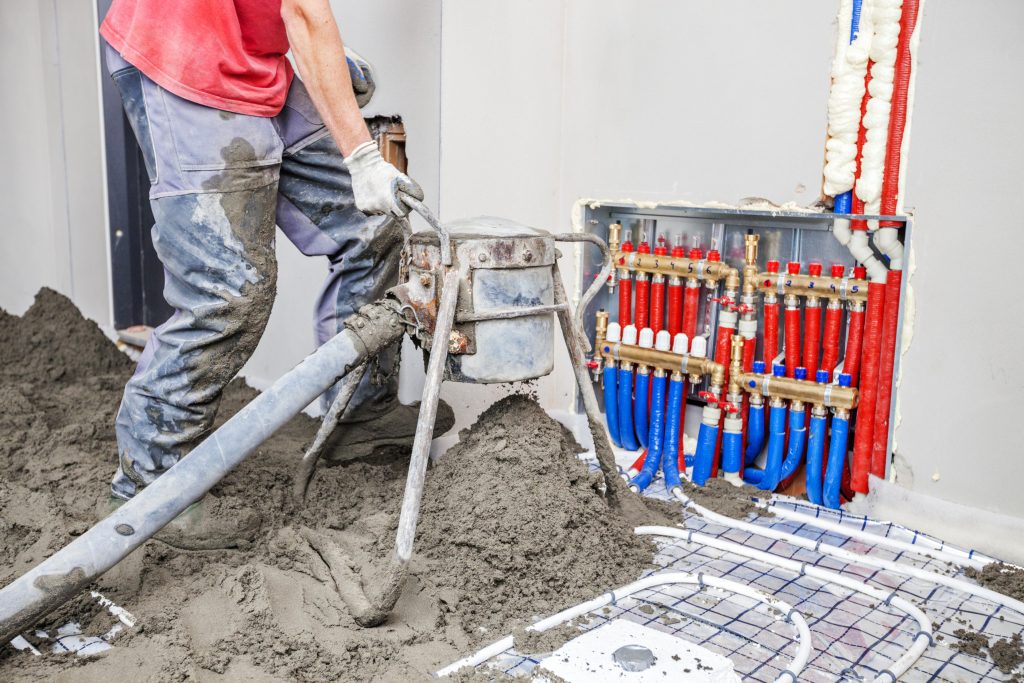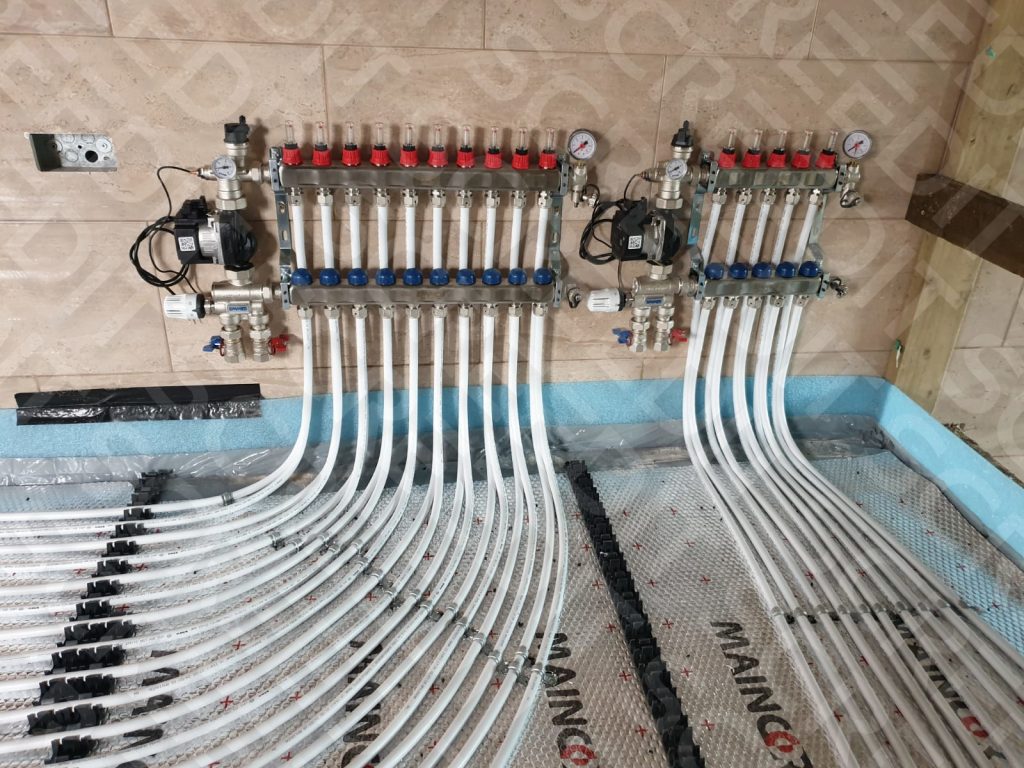
Underfloor Heating vs. Radiators: Which is Right for Your Project?

When planning the heating system for a new build or renovation, one question often comes up: underfloor heating or radiators? At Midland Renewables, we understand that every project is unique. That’s why we’ve created this comprehensive guide comparing both systems—so you can make an informed decision based on energy efficiency, cost, installation practicality, and long-term performance.

Is Underfloor Heating the Better Option?
There’s no one-size-fits-all answer. In many cases, underfloor heating (UFH) can be the more efficient and future-proof choice, but it depends on your specific project requirements.
Here are key considerations:
-
How important is energy efficiency to your build?
-
What is your budget for installation?
-
Are you focused on long-term running costs?
-
Do you need a low-maintenance or safer system?
-
Are you working on a retrofit or a new build?
Installation Costs: UFH vs. Radiators
Radiators typically have a lower upfront installation cost. They’re quicker to fit and involve less labour, especially when replacing existing units. This makes them ideal for budget-conscious renovations.
Underfloor heating, on the other hand, is often more expensive to install—particularly in retrofits where the existing flooring needs to be lifted. However, in new builds or extensions, UFH is much easier to integrate and can be laid before screeding.
👉 Key takeaway: While UFH installation can be costlier, many clients find the long-term energy savings justify the initial investment.
Ease of Installation

Radiators are relatively straightforward to install or replace, especially in properties already using them. However, changes in size or type may still require room redesign.
UFH systems are most easily installed in new constructions or during major refurbishments. Wet systems require more planning and floor depth, but electric UFH systems are available for low-profile retrofits.
Heating Performance: Even Comfort vs. Hot Spots

Underfloor heating distributes heat evenly across a room, eliminating cold spots and providing a consistent level of comfort. The system works from the ground up, creating a warm environment that's particularly pleasant in colder months.
Radiators tend to create localised heat—often leaving parts of the room cooler, particularly in larger or poorly insulated spaces.
Additionally, UFH systems can be zoned, allowing you to control temperatures in each room independently, which improves comfort and energy efficiency.
Energy Efficiency: A Greener Choice
If your priority is sustainability and lower carbon output, UFH—especially when paired with a heat pump—is the clear winner.
-
UFH systems operate at lower temperatures than radiators, requiring less energy to heat a space.
-
Wet UFH systems are particularly efficient and can cut energy use by up to 25%, or 40% when used with a heat pump.
-
Radiators, by contrast, require higher water temperatures and are less compatible with modern, renewable energy heating systems.
💡 Note: To maximise efficiency, your property should be well-insulated. Even the most advanced heating system will lose effectiveness in poorly insulated homes.
Practicality, Safety, and Maintenance

Underfloor Heating Advantages:
-
Safer: No hot surfaces or sharp edges—ideal for families or care environments.
-
Space-saving: No wall-mounted units to limit room layout or furniture placement.
-
Low maintenance: Wet systems can last 50 years or more with proper servicing.
Radiator Advantages:
-
Easier to repair: Familiar systems make them quick and inexpensive to service.
-
Flexible upgrades: Simple to replace or move during minor renovations.
While UFH might require a specialist for repairs, its long lifespan and minimal wear make it a low-maintenance choice in most cases.
Running Costs: What’s More Affordable Over Time?
UFH generally provides lower running costs than radiators thanks to its energy efficiency and consistent heat output. As it requires lower water temperatures, it puts less strain on your boiler or heat pump system.
Even in homes not originally designed to be “green,” UFH can still offer significant savings—as long as the system is installed correctly and the building thermal envelope is well-insulated.
Can Underfloor Heating Replace Radiators Completely?

Yes, in many cases underfloor heating can fully replace radiator systems—particularly in modern, energy-efficient homes or well-insulated renovations. However, to ensure the system can meet your heating needs, a heat loss calculation should be carried out.
Alternatively, a hybrid system—with UFH downstairs and radiators upstairs—can be a practical solution during phased renovations.
Still Deciding? We’re Here to Help.
At Midland Renewables, we specialise in integrating smart, sustainable heating systems tailored to your project’s needs. Whether you’re working on a residential build, an extension, or a full-scale retrofit, our experienced team can help you evaluate your options and design a solution that balances cost, comfort, and carbon savings.
📞 Contact us today to discuss your heating project—or get a tailored quote for underfloor heating installation.

